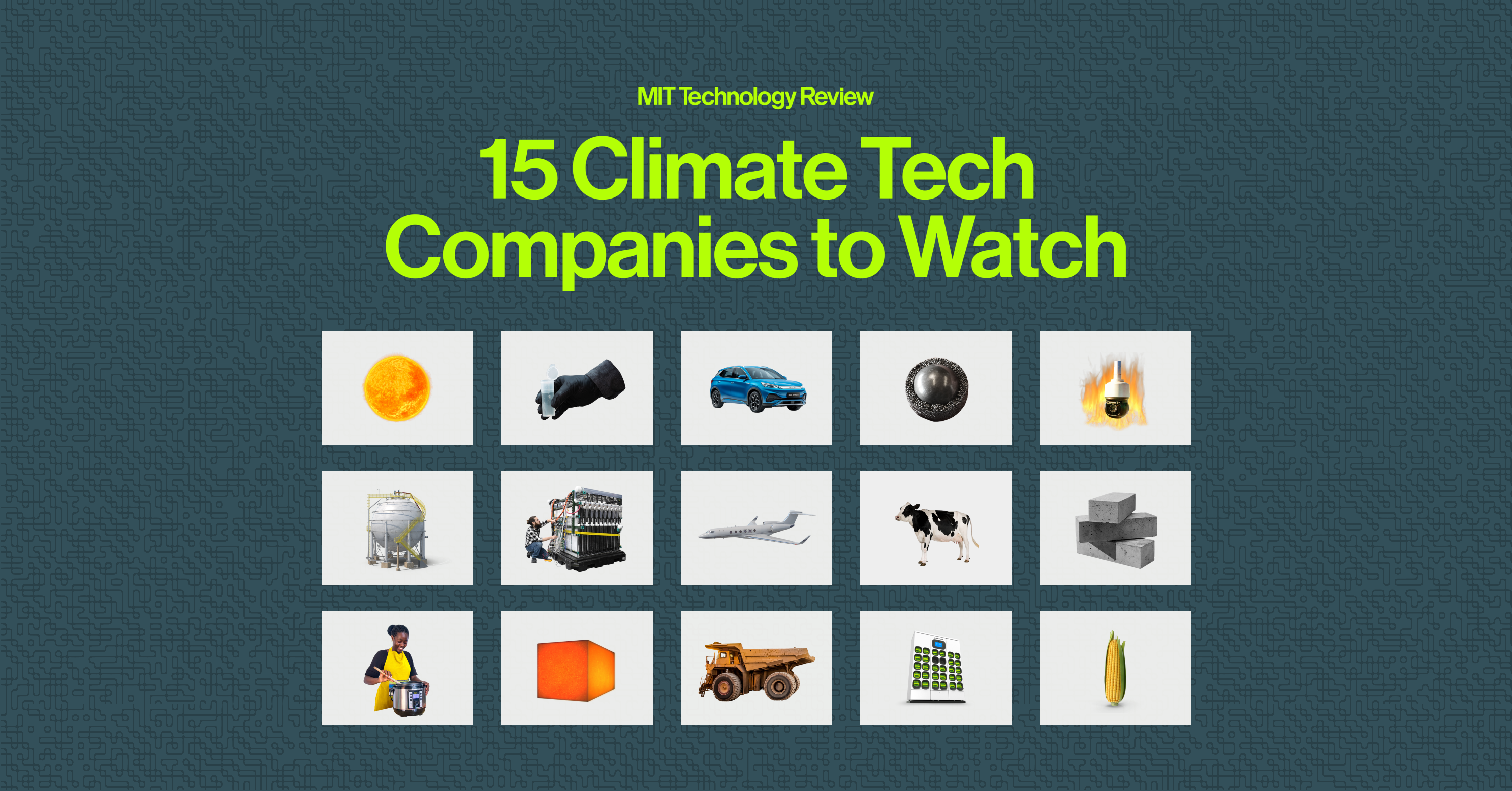2024 Climate Tech Companies to Watch: Rondo Energy and its hot bricks
Rondo is using this simple, cheap material to decarbonize one of the world’s dirtiest sectors.
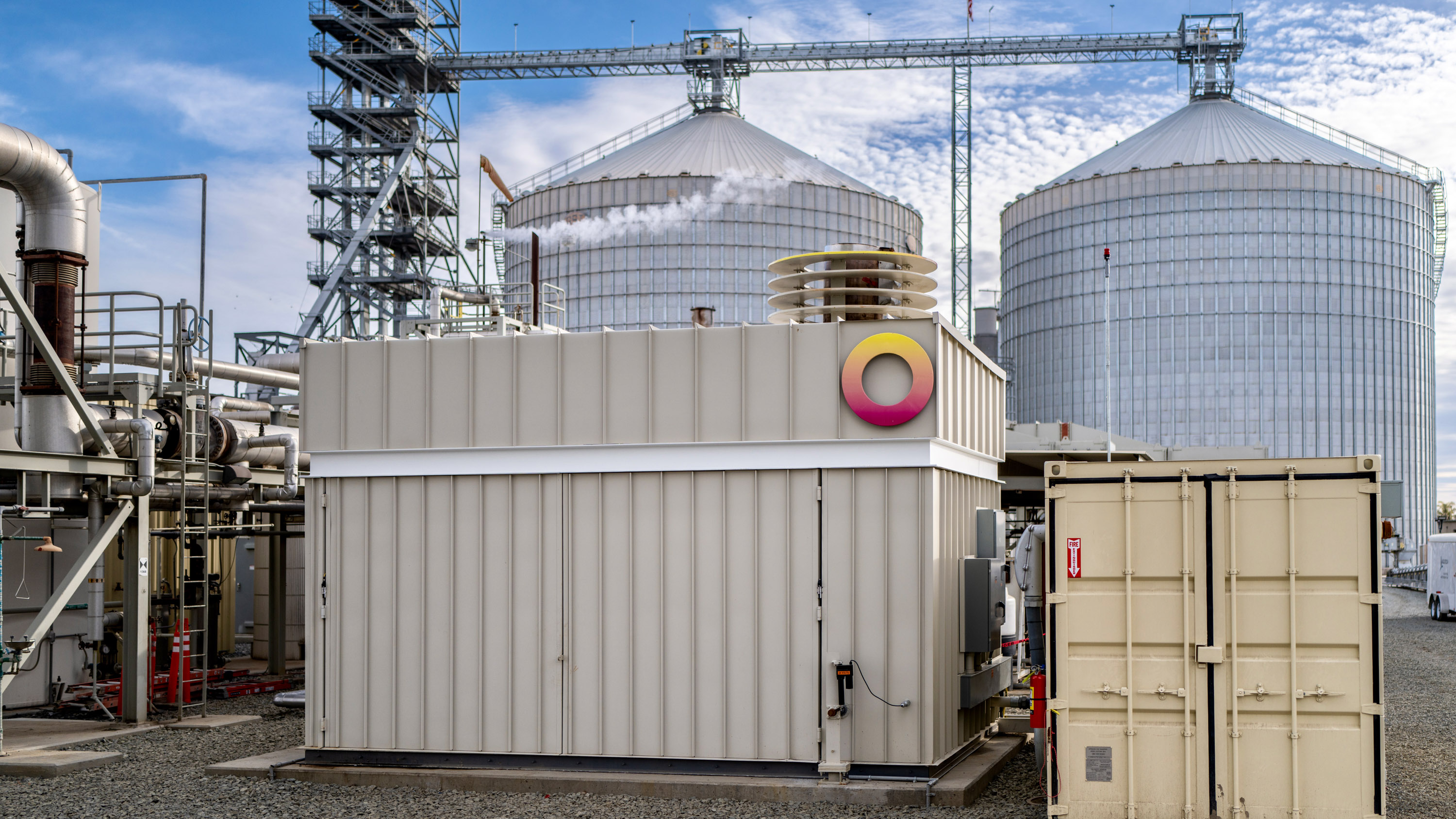
Rondo Energy is supplying cheap, zero-emissions heat to factories to replace fossil-fuel-powered boilers, furnaces, and kilns. Its approach of using bricks and iron wire to provide a steady supply of hot air or steam stands out for its simplicity and potential to scale.
Finding a clean way to produce the large amounts of heat required for industrial processes is one of the biggest unsolved climate challenges. Widely discussed solutions, like carbon capture and green hydrogen, still struggle to compete economically with burning coal or gas.
Rondo offers an alternative approach: stacks of bricks, heated by electricity generated from the wind and sun. Inside Rondo’s heat batteries, cheap renewable electricity heats iron wires similar to those in a toaster oven, which warms hundreds of tons of bricks to temperatures of up to 1,500 °C. With four to six hours of charging a day, those bricks can turn intermittent renewable power into a 24-7 heat source for industrial facilities.
Among startups trying to commercialize zero-emissions heat batteries, Rondo stands out for its simple approach. Competitors’ heat batteries often involve some kind of new technique or engineered material that’s a few steps away from any current industrial technology. But the heat-resistant bricks inside a Rondo heat battery are similar to those that have been used in high-temperature steelmaking for over a century, meaning they are already produced cheaply and at industrial scales. That sales pitch is resonating with investors, who have poured $85 million into the startup over the past two years.
Key indicators
- Industry: Energy storage
- Founded: 2020
- Headquarters: Alameda, California, USA
- Notable fact: The company’s name pays homage to the musical term for a type of composition with a recurring theme. Cofounders John O’Donnell and Pete von Behrens previously worked in concentrating solar thermal power; Rondo is their second venture into thermal storage.
Potential for impact
Industrial production of stuff, from clothing and food to cement and fertilizer, is responsible for about a third of global greenhouse-gas emissions. Most of those emissions come from burning fossil fuels to generate heat in factories. If Rondo’s heat batteries prove cost-competitive at scale, they could help eliminate billions of tons of carbon emissions that would otherwise enter the atmosphere each year.
Caveats
While heat-resistant bricks are a proven industrial technology, using them as zero-emissions heat batteries will require building more wind and solar plants to generate huge amounts of cheap renewable energy. Electricity reforms would also be needed in many parts of the US to make heat batteries cost-competitive with other forms of industrial heat. These might include allowing heat battery users to purchase cheap wholesale power from the grid during times of the day when renewable energy is abundant—something that isn’t possible today in jurisdictions that only sell power to industries at a fixed daily rate.
Next steps
Rondo has a 2-megawatt-hour battery operating commercially at an ethanol plant in California. Its scale-up plans are ambitious: In partnership with Siam Cement Group, the company is already producing enough heat-resistant brick to store 2.4 gigawatt-hours of energy a year, which could power more than 200 American homes. It plans to boost production to 90 gigawatt-hours a year in the future. Between 2025 and 2027, recently announced customers in the food and beverage and chemical industries are expected to start using versions of Rondo’s commercial heat batteries in industrial facilities.
Experts are looking forward to seeing how Rondo’s batteries perform over time, both in bigger installations and in very high-temperature applications like steel and cement making, which are considered among the most difficult processes to decarbonize.
Explore the 2024 list of 15 Climate Tech Companies to Watch.
Deep Dive
Climate change and energy
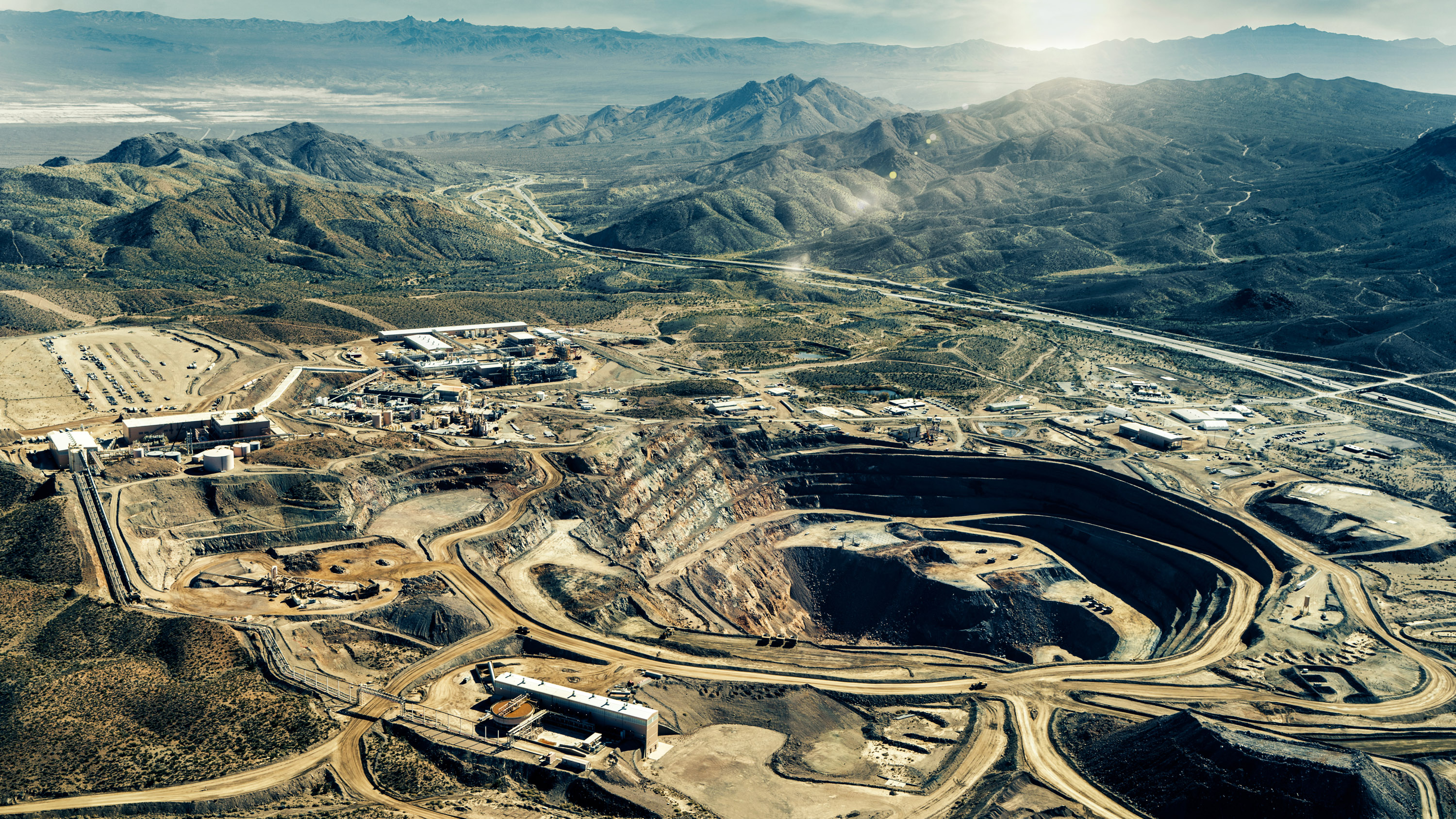
This rare earth metal shows us the future of our planet’s resources
The story of neodymium reveals many of the challenges we’ll likely face across the supply chain in the coming century and beyond.
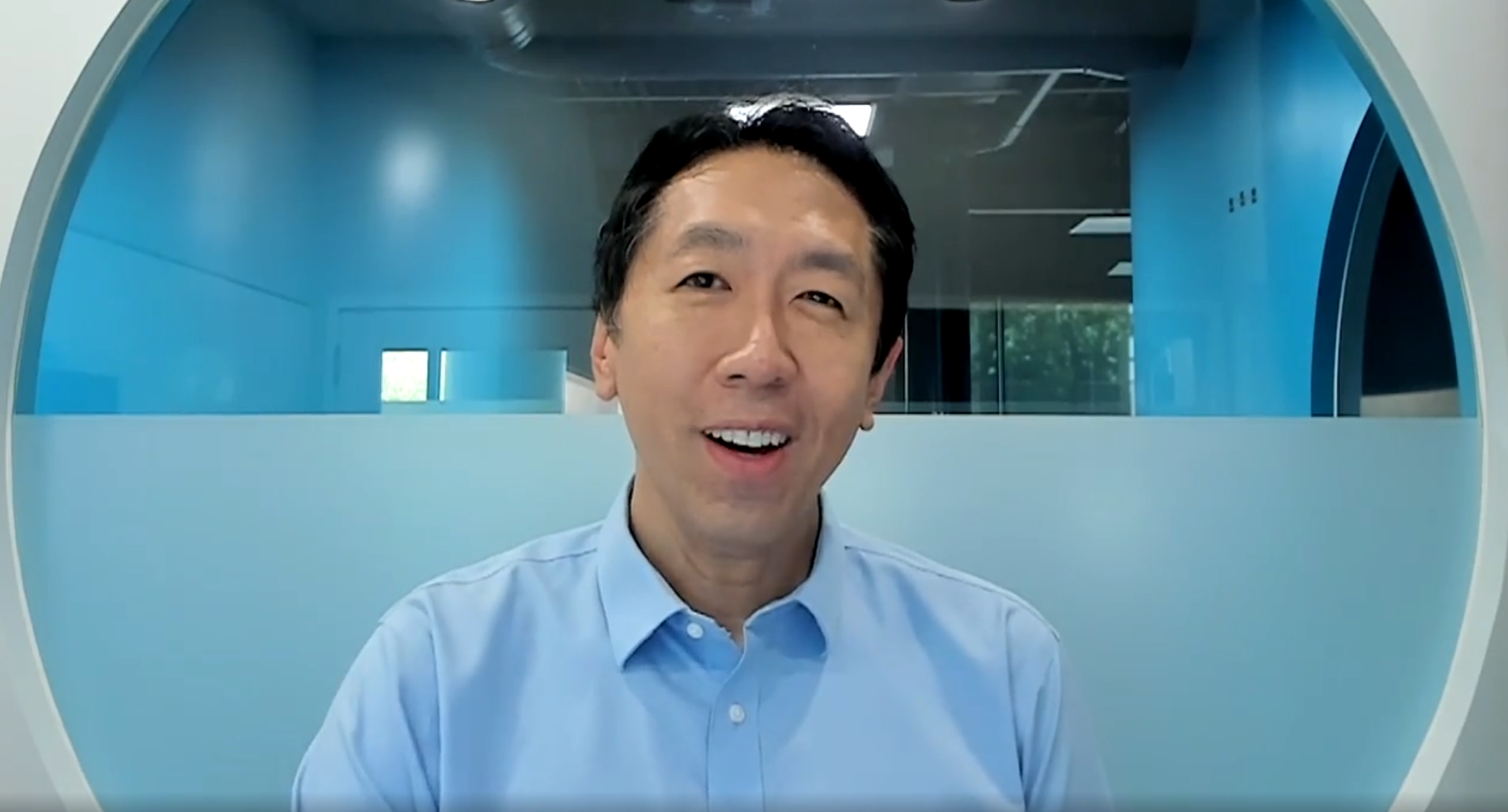
Andrew Ng’s new model lets you play around with solar geoengineering to see what would happen
The climate emulator invites you to explore the controversial climate intervention. I gave it a whirl.
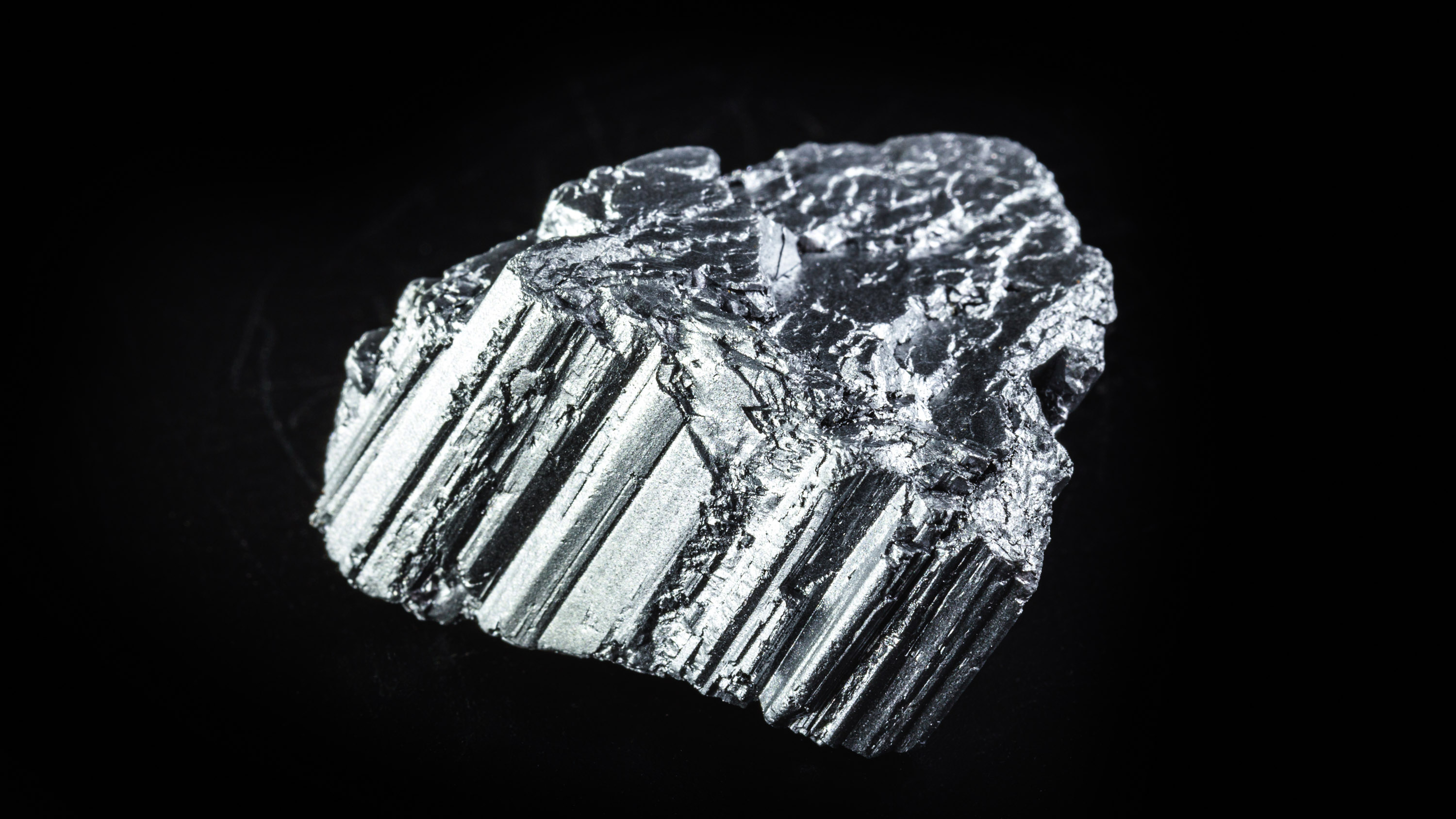
Want to understand the future of technology? Take a look at this one obscure metal.
Here’s what neodymium can tell us about the next century of material demand.
Stay connected
Get the latest updates from
MIT Technology Review
Discover special offers, top stories, upcoming events, and more.
